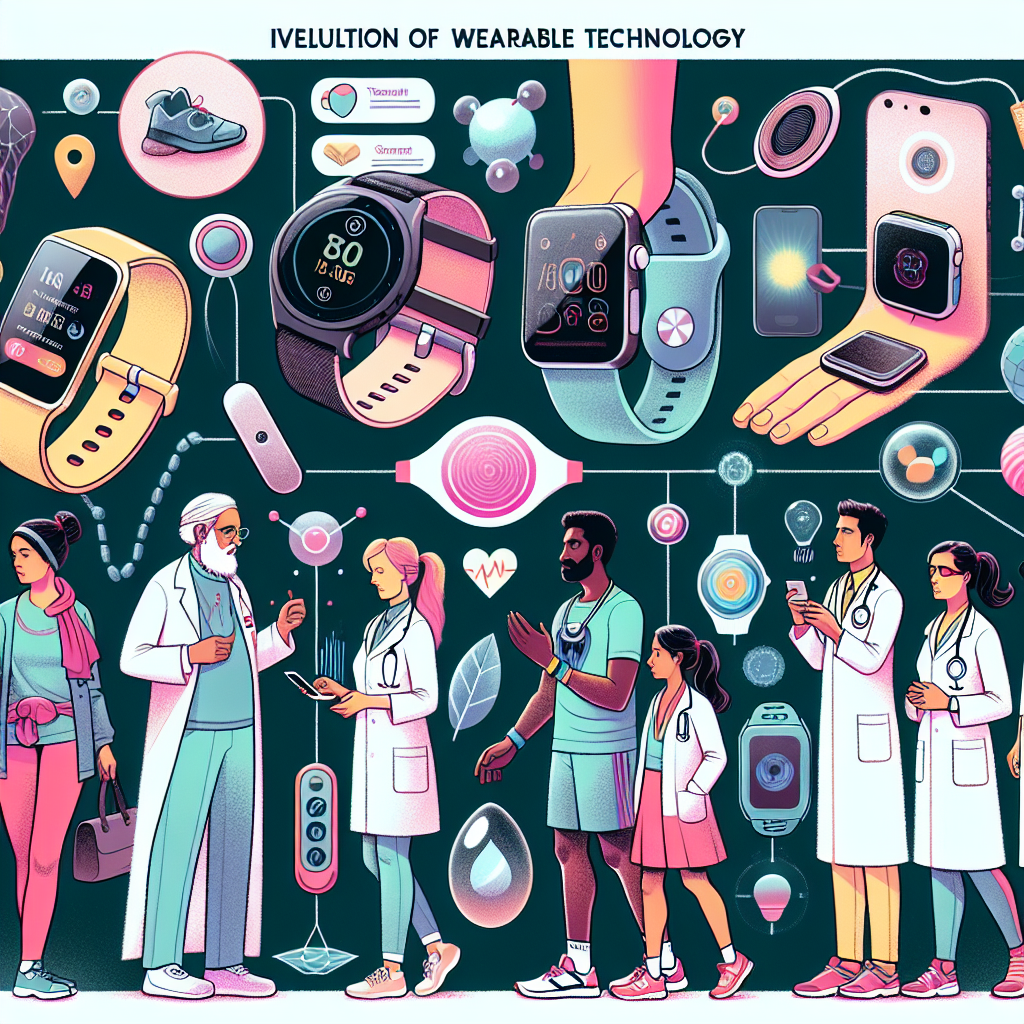Biohacking, the practice of using technology to modify or enhance the human body, is rapidly blurring the lines between man and machine. With advancements in areas such as genetics, wearable technology, and robotics, individuals are increasingly able to augment their physical and cognitive abilities in ways that were once thought to be the stuff of science fiction.
One of the key areas where biohacking is making significant strides is in the realm of implantable technology. From microchips that can be implanted under the skin to enhance sensory perception or monitor health metrics, to prosthetic limbs that are controlled by neural signals, the possibilities for merging man and machine are expanding at a rapid pace. In fact, some biohackers are even experimenting with implanting devices that can communicate directly with the nervous system, potentially opening up new avenues for treating conditions such as chronic pain or neurological disorders.
In addition to physical enhancements, biohacking is also being used to augment cognitive abilities. For example, nootropics, or “smart drugs,” are drugs or supplements that are used to enhance cognitive function, memory, creativity, or motivation. Some biohackers are even experimenting with using transcranial direct current stimulation (tDCS) devices to directly stimulate brain activity and improve mental performance.
But while biohacking holds great promise for enhancing human capabilities, it also raises a number of ethical and societal concerns. For example, questions have been raised about the safety and long-term effects of implantable devices, as well as the potential for these technologies to exacerbate existing inequalities by creating a divide between those who can afford enhancements and those who cannot. Additionally, there are concerns about the potential for misuse of these technologies, such as using cognitive enhancements to gain an unfair advantage in academic or professional settings.
Despite these challenges, the trend towards merging man and machine through biohacking shows no signs of slowing down. As technology continues to advance, the possibilities for enhancing human capabilities through implants, wearables, and other forms of augmentation will only continue to expand. And as these technologies become more mainstream, the line between what is considered natural and artificial, human and machine, will continue to blur. Ultimately, the future of biohacking holds great potential for reshaping what it means to be human in the 21st century.














Leave feedback about this
You must be logged in to post a comment.